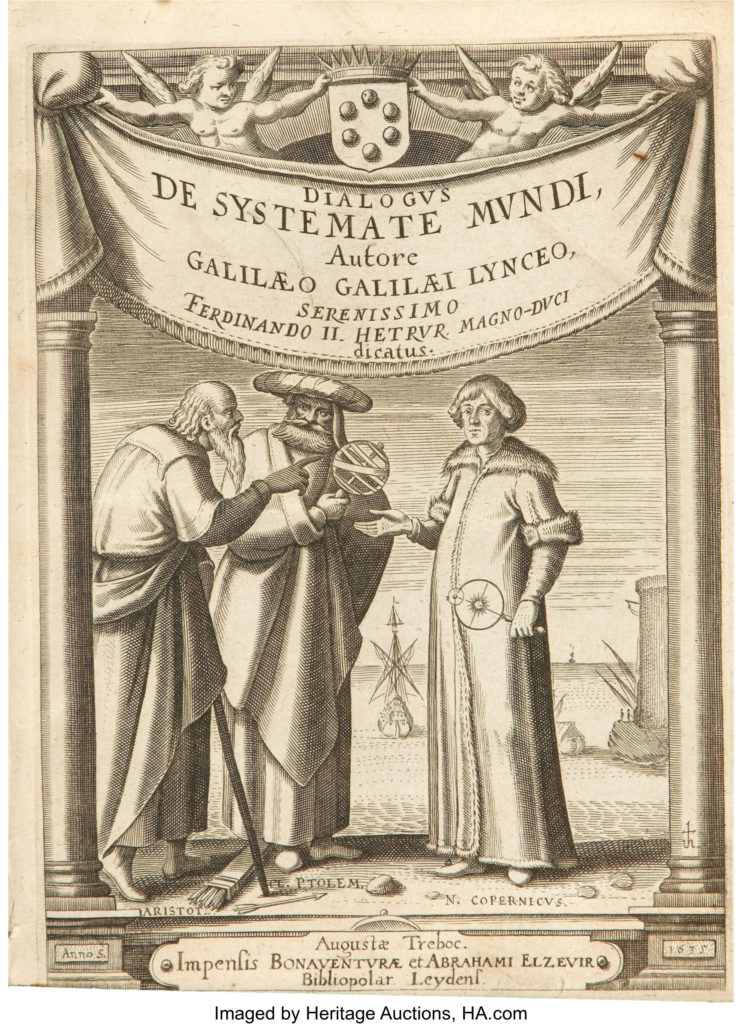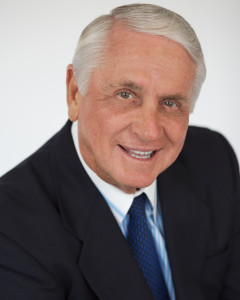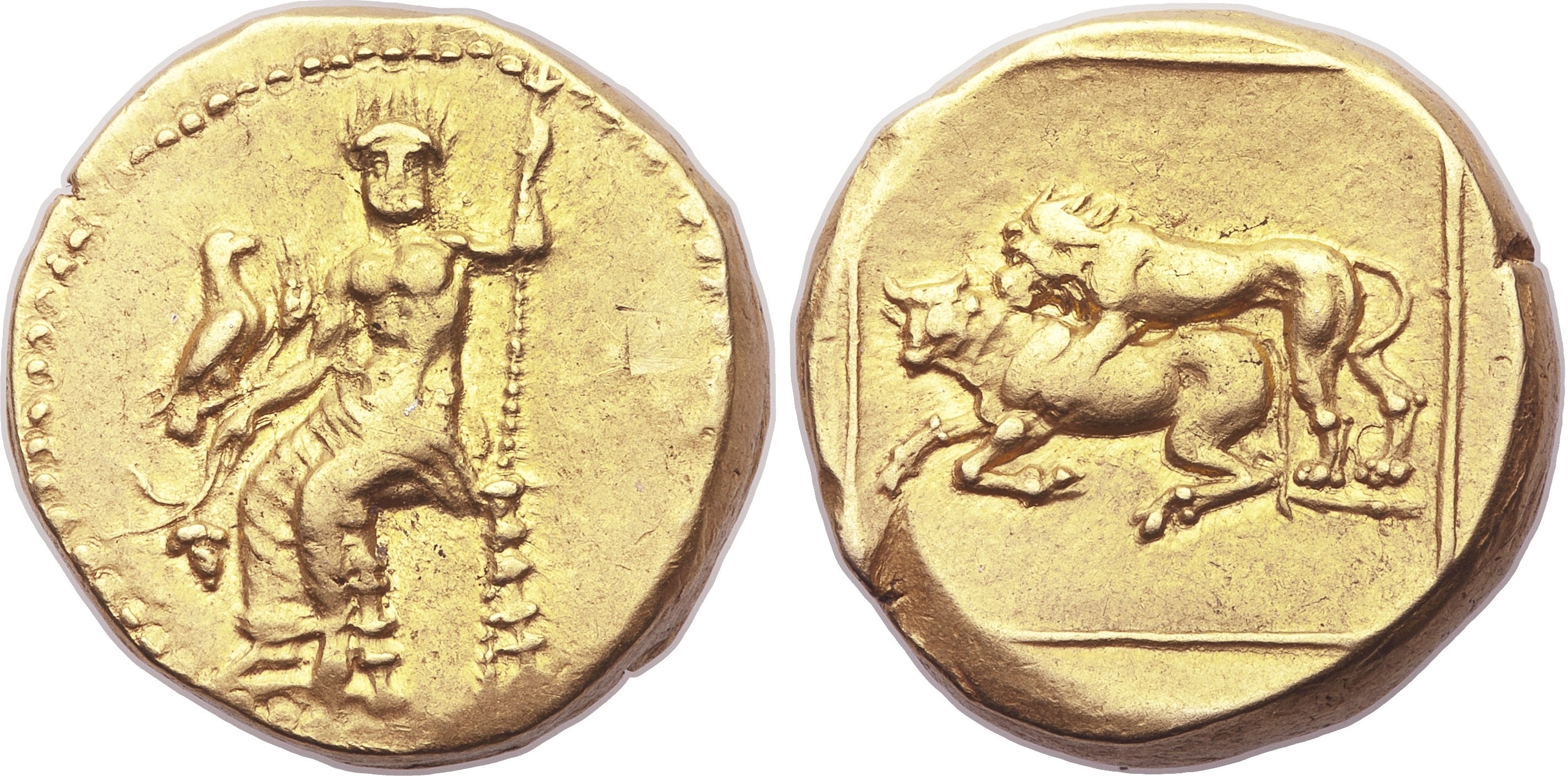
“Then God said, ‘Let there be light,’ and there was light.” – Genesis 1:3
By Jim O’Neal
About 4.6 billion years ago, an enormous swirl of gas and matter started a process of aggregation that ultimately formed our solar system. Nearly all of this mass was transformed into our sun and the remainder eventually coalesced into clumps that became our planetary system. Fortunately for us, one of these clumps became our current home, Earth. Then, a large clump approximately the size of Mars collided with Earth and knocked out enough material to form an object we call the moon.
Several other factors were also in our favor. First was the size of the sun, since if it were larger it may have burned out by now and us with it (we still have about 5 billion years to go). The second was the distance between the sun and Earth. We literally have a “Goldilocks position” – not too close and not too far. If we were 5 percent closer or 15 percent farther away, we would either be fried or trying to live on a large ice ball. The odds of being exactly where we are is not pleasant to contemplate. Then again, if we weren’t exactly here, I assume we wouldn’t be aware of our bad luck. Even our orbit around the sun produces a nice blend of moderate seasons of winter and summer.
However, we are still subject to occasional collisions with other objects, like asteroids and comets. In the past, these have produced mass extinctions like the one that surprised the dinosaurs, who had enjoyed their time here for about 150 million years. Life has managed to adapt through five or six major incidents and countless smaller ones. The modern form of humans (our ancestors) have only been here for about 200,000 years, but we’ve been clever enough to develop weapons that could destroy Earth (a first that we should not be too proud of).
Throughout the early history of our residency, the conventional wisdom was that Earth was the center of everything, with the sun, moon and stars orbiting us. This “geocentric model” seemed logical using common sense, as we don’t feel any motion standing on the ground and there was no observational evidence that our planet was in motion, either. This system was widely accepted and became entrenched in classical philosophy via the combined works of Plato and Aristotle in the fourth century B.C.
However, when the ancient Greeks measured the movements of the planets, it became clear the geocentric model had too many discrepancies. To explain the complications, Greek astronomers introduced the concept of epicycles to reconcile their theories. These sub-orbits were refined by the great Greco-Roman astronomer Ptolemy of Alexandria. Despite competing ideas and debates, the Ptolemaic system prevailed, but with significant implications.
As the Roman Empire dwindled, the Christian Church inherited many long-standing assumptions, including the idea that Earth was the center of everything and, perhaps more importantly, that man was the pinnacle of God’s creation – with determination over Earth, a central tenet that held sway in Europe until the 16th century. However, by this point, the Ptolemaic model was becoming absurdly complicated. By the beginning of the 16th century, things were about to change … dramatically. The twin forces of the Renaissance and the Protestant Reformation challenged the old religious dogmas. Suddenly, a Polish Catholic canon, Nicolaus Copernicus (1473-1543), put forth the first modern heliocentric theory, shifting the center of the universe to the sun.
Fortunately, Copernicus was followed by an Italian polymath from Pisa, Galileo Galilei (1564-1642), who bravely helped transform philosophy to modern science and the scientific Renaissance into a scientific revolution. He championed heliocentrism, despite powerful opposition from astronomers, and was subjected to a formal Roman Inquisition. The body found him “vehemently suspect of heresy” and forced him into house arrest. He spent the remainder of his life basically imprisoned.
Now famous for his work as an astronomer, physicist, engineer, philosopher and mathematician, he received the ultimate honor of being named the “Father of Science” by both Stephen Hawking and Albert Einstein!
Not bad for someone in an ankle bracelet.
 JIM O’NEAL is an avid collector and history buff. He is president and CEO of Frito-Lay International [retired] and earlier served as chair and CEO of PepsiCo Restaurants International [KFC Pizza Hut and Taco Bell].
JIM O’NEAL is an avid collector and history buff. He is president and CEO of Frito-Lay International [retired] and earlier served as chair and CEO of PepsiCo Restaurants International [KFC Pizza Hut and Taco Bell].

